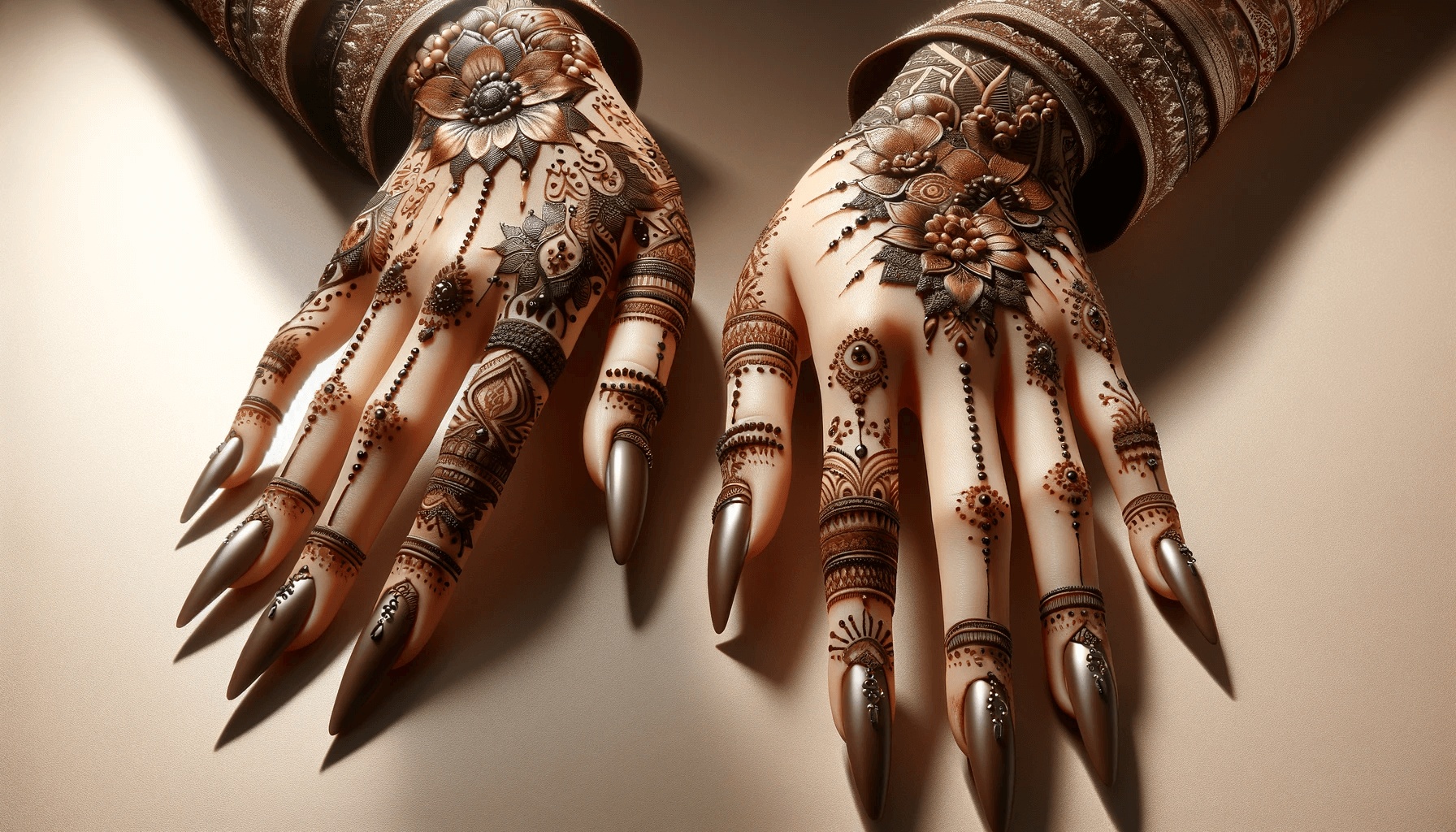Step into the captivating world of design history clothing, where fashion becomes a time machine that takes you on a mesmerizing journey through the evolution of clothing design. From the iconic styles of the past to the trends that have shaped the fashion landscape, this exploration of historical fashion will transport you through time.
Prepare to embark on an adventure where you’ll uncover the fascinating twists and turns of fashion design history. Discover how trends have evolved and transformed over the years, leaving behind a trail of timeless fashion statements. Whether you’re a fashion enthusiast or simply curious about the past, this fashion history timeline is sure to captivate your imagination.
Unveiling the secrets of the past, we’ll delve into the historical fashion trends that have defined our style identities. From the refined elegance of the 1960s to the rebellious spirit of the hippie movement, each era has its own story to tell. The fashion design evolution showcased through these trends reflects not only the shifting cultural landscapes but also the never-ending quest for self-expression.
Get ready to witness the magic of design history clothing, where the garments of the past come alive to reveal their tales. Brace yourself for a witty and insightful journey that will leave you inspired by the ingenuity and creativity that have shaped the fashion industry.
Are you ready to step into the time machine? Buckle up and let’s explore the mesmerizing world of design history clothing!
Womenswear in the 1960s: A Fashion Revolution
In the swinging sixties, womenswear underwent a dramatic transformation, embracing new trends that reflected the changing times. Three distinct styles emerged, showcasing the diversity of fashion during this era. From ladylike elegance to youthful designs and bohemian hippie styles, women had an abundance of choices to express their personal style.
Ladylike Elegance
Despite the shifting cultural landscape, some women continued to embrace the timeless appeal of ladylike elegance. Classic silhouettes, such as fitted dresses and tailored suits, were still favored choices for formal occasions. Fashion icons like Jacqueline Kennedy personified this refined style, inspiring women to exude sophistication and grace in their attire.
Youthful Designs and Swinging London
The 1960s also saw the rise of youthful designs that captured the spirit of the vibrant Swinging London scene. Mary Quant, a leading figure in this fashion revolution, introduced mini-skirts, bold prints, and playful cuts that emphasized comfort and self-expression. Her designs broke away from traditional norms, empowering women to showcase their individuality and embrace a youthful, carefree aesthetic.
“Fashion should be a game.”
– Mary Quant
This era celebrated the freedom of fashion, encouraging women to experiment with colors, patterns, and unconventional styles. It was an exciting time that saw the fusion of art, music, and fashion, creating a new paradigm of self-expression.
Hippie Styles and Eastern Influences
The late 1960s witnessed a countercultural movement that rejected mainstream fashion and embraced a bohemian, hippie-inspired style. With its focus on nature, peace, and freedom, this trend incorporated flowy skirts, bell-bottom jeans, embroidered fabrics, and earthy tones. The fashion choices of the time reflected the desire for individuality and a connection to the natural world.
https://www.youtube.com/watch?v=asyDhDbejJQ
Womenswear in the 1960s was shaped by fashion icons who set the trends and inspired women around the world. From Jackie Kennedy’s timeless elegance to Mary Quant’s innovative designs, these fashion leaders left an indelible mark on the industry.
| Fashion Icons | Signature Style |
|---|---|
| Jacqueline Kennedy | Elegance and sophistication |
| Mary Quant | Playful and bold designs |
| Janis Joplin | Bohemian and free-spirited |
Womenswear: From Skirt Suits to Miniskirts
In the early 1960s, womenswear experienced a transitional period, bridging the elegance of the previous decade with the bold fashion statements that were to come. Skirt suits and A-line dresses remained popular choices, reflecting a sophisticated and put-together aesthetic.
“Fashion is not something that exists in dresses only. Fashion is in the sky, in the street, fashion has to do with ideas, the way we live, what is happening,” said iconic fashion influencer, Jacqueline Kennedy.
As the First Lady of the United States, Jackie Kennedy’s timeless style set the tone for sophisticated womenswear during this era. Her refined taste and impeccable dressing inspired women around the world to embrace classic silhouettes and polished ensembles.
However, it was the latter part of the decade that witnessed a significant fashion revolution, spearheaded by Mary Quant. Quant’s playful and colorful designs challenged the fashion norms of the time, introducing the iconic miniskirt to women who were ready to embrace freedom and express their individuality.
Quant’s miniskirts were revolutionary, symbolizing a break from traditional women’s clothing and empowering women to embrace their femininity in a new way. The short hemlines and vibrant patterns of her designs captured the spirit of the Swinging Sixties and became a symbol of liberation and rebellion.
To showcase the contrast between the elegance of skirt suits and the boldness of miniskirts, let’s take a closer look:
| Skirt Suits | Miniskirts |
|---|---|
| – Classic, tailored silhouette | – Short hemline, above the knee |
| – Coordinating jackets and skirts | – Playful colors and patterns |
| – Emphasized elegance and sophistication | – Symbolized youthfulness and rebellion |
In summary, 1960s womenswear saw an evolution from traditional skirt suits and A-line dresses to the groundbreaking introduction of miniskirts by Mary Quant. This era epitomized the changing attitudes towards fashion, with Jackie Kennedy representing timeless elegance and Quant challenging conventions with her daring designs.
Womenswear: The Swinging Sixties
The cultural phenomenon of Swinging London in the 1960s brought about a new wave of fashion. Mary Quant, a prominent figure in this era, played a significant role in the “youthquake” movement, revolutionizing the fashion industry with her innovative designs.
Mary Quant’s creations were characterized by their simple yet practical nature, allowing women to express their individuality and embrace the changing times. Her mix-and-match designs became highly popular, capturing the spirit of the sixties and the vibrant energy of Swinging London.
Quant’s fashion wasn’t just about clothing; it was a statement of rebellion and freedom. With her avant-garde approach, she introduced bold, geometric patterns and bright colors inspired by pop art. These eye-catching designs became emblematic of the Swinging London scene, reflecting the cultural shift towards youth empowerment and artistic innovation.
Alongside Mary Quant, other influential figures like model Twiggy and designer Pierre Cardin also left their mark on the fashion landscape of the sixties. Twiggy’s iconic pixie haircut and slender figure embodied the youthful and androgynous aesthetic that emerged during this time. Pierre Cardin, known for his futuristic and space-inspired designs, pushed boundaries with his avant-garde creations, further shaping the fashion trends of the era.
The Swinging Sixties represented a time of cultural revolution and artistic exploration, and the fashion of that era mirrored this dynamic spirit. It was an era of innovation, pushing the boundaries of traditional fashion and embracing a new and exciting way of dressing.
“Fashion is not something that exists in dresses only. Fashion is in the sky, in the street; fashion has to do with ideas, the way we live, what is happening.”
– Coco Chanel
Bold and Vibrant: Pop Art-Inspired Designs
Inspired by the burgeoning art movement of the same name, pop art-inspired designs brought a burst of color, patterns, and graphic elements to fashion. These bold and vibrant creations reflected the spirit of the times and appealed to the younger generation.
| Characteristics of Pop Art-Inspired Designs | Examples |
|---|---|
| Geometric patterns |
|
| Bright colors |
|
| Graphic elements |
|
Pop art-inspired designs added a playful and lighthearted touch to fashion, giving individuals the freedom to embrace their creativity and showcase their unique personalities through their clothing.
Womenswear: The Hippie Revolution
Step back in time to the late 1960s, where the rising hippie movement transformed fashion into a celebration of freedom and self-expression. Say goodbye to rigid styles and hello to the carefree embrace of bohemian fashion. The hippie style marked a departure from the mainstream, as individuals found solace in flowy skirts, earthy tones, and an affinity for secondhand clothing.
Think Janis Joplin, the iconic queen of boho-chic, who captivated audiences not only with her soulful voice but also with her distinctive sense of style. With her abundance of colorful scarves, bell-bottom pants, and unwavering commitment to non-conformity, Joplin epitomized the essence of the hippie fashion revolution.
The hippie aesthetic exploded onto the scene as a reaction against traditional fashion norms. It represented a counter-culture movement that rejected materialism and embraced a more natural and individualistic approach to style. Secondhand clothing became a badge of honor, symbolizing a commitment to sustainability and a rejection of the mass-produced fashion industry.
The key to achieving the hippie look was to channel your inner free spirit. Let your hair flow, adorn yourself with vibrant prints, and layer on the bohemian accessories. The trademark flowy skirts, often adorned with paisley patterns or floral motifs, became a staple in the wardrobe of every aspiring flower child.
Noteworthy Characteristics of Hippie Style:
- Flowy skirts and dresses in vibrant prints
- Bohemian accessories like beaded necklaces and headbands
- Earth-toned color palettes inspired by nature
- Wide-leg pants and bell-bottoms
- Emphasis on comfort and natural fabrics
- Layering of clothing for a relaxed, eclectic look
“Hippie fashion wasn’t just about the clothes you wore; it was a statement of your beliefs and the desire to live authentically.”
The hippie revolution left an indelible mark on fashion, inspiring future generations and reminding us of the power of style as a form of self-expression. It continues to influence contemporary fashion, with elements of bohemian chic making periodic comebacks on the style runway.
Conclusion
Design history clothing is a fascinating journey through the evolution of fashion. Each era has its own iconic moments and unique styles that reflect the cultural shifts and individual expressions of that time. From the elegant sophistication of the 1960s to the bold and rebellious fashion of the hippie movement, fashion has always been a powerful tool for self-expression.
Exploring the history of clothing design allows us to appreciate the timeless nature of style. It reminds us that fashion is not just about fleeting trends, but about creating a lasting impact. The iconic fashion moments that have shaped our world continue to influence and inspire us today.
Timeless style is something that transcends the boundaries of any particular era. It is about finding your own unique voice and expressing it through fashion. Whether you draw inspiration from the elegant designs of the past or embrace the avant-garde trends of the present, the key is to stay true to yourself.
So, as you navigate the ever-changing landscape of fashion, remember the lessons from design history clothing. Embrace the evolution, celebrate the iconic moments, and embrace your own timeless style.
FAQ
What were the main trends in womenswear during the 1960s?
The main trends in womenswear during the 1960s were ladylike elegance, youthful designs, and hippie styles.
Who were some influential fashion icons in the 1960s?
Fashion icons during the 1960s included Jacqueline Kennedy and Mary Quant.
What types of clothing were popular in the early 1960s?
In the early 1960s, skirt suits, A-line dresses, and coordinating accessories were popular.
Who revolutionized fashion in the 1960s with their playful and colorful designs?
Mary Quant revolutionized fashion in the 1960s with her playful and colorful designs, including the iconic miniskirt.
What was the Swinging London scene and how did it influence fashion?
The Swinging London scene was a cultural phenomenon in the 1960s that brought about a new wave of fashion. Figures like Mary Quant and Pierre Cardin influenced fashion trends with simple, practical, and mix-and-match designs, often inspired by pop art and space themes.
How did the hippie movement impact fashion in the late 1960s?
The hippie movement in the late 1960s influenced fashion with a return to flowing skirts, bohemian elements, and a love for secondhand clothing.
What can the history of clothing design teach us?
Exploring the history of clothing design allows us to appreciate the timeless nature of style and its ability to shape our identities and reflect cultural shifts.



